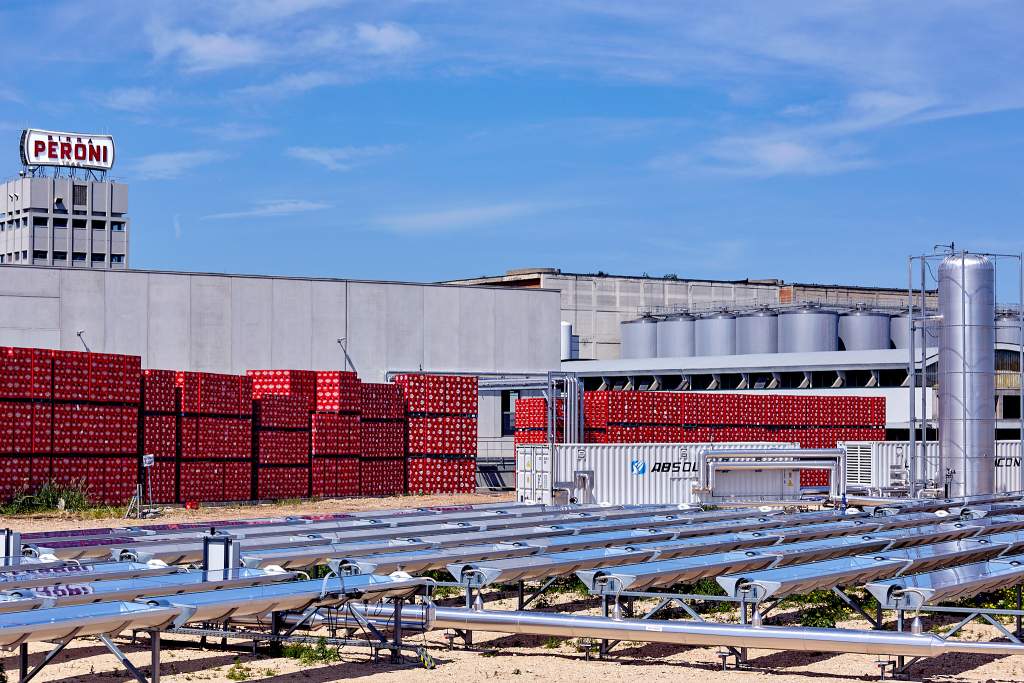Latest News:
2024-01-11
In 2023, the International Energy Agency published a report on Italy’s energy usuage. It shows that Italy has undergone significant changes in its energy system since 2010, with a notable shift towards natural gas and renewable energy sources, and a decrease in coal and oil usage. Italy also revised the country’s energy and climate plan with new, more ambitious climate goals.

The country is on track to meet its emissions reductions and energy efficiency goals for 2030 as outlined in its National Energy and Climate Plan (NECP). However, additional efforts are required to align with targets set by the European Union’s REPowerEU plan, aimed at reducing the EU’s dependence on Russian fossil fuels. Italy achieved a nearly 30% reduction in greenhouse gas emissions between 2005 and 2019, with a dip in 2020 due to the COVID-19 pandemic. Preliminary data for 2021 indicates a rebound in emissions, though still 4% lower than in 2019. The country is committed to achieving carbon neutrality by 2050.
Renewable growth was impressive from 2010 to 2013, primarily from solar photovoltaics (PV). However, growth has since stalled due to early achievement of the EU 2020 goals and less generous incentives. Long and complex permitting procedures also hinder new investments, falling short of the annual 4 GW required to meet 2030 goals. The expansion of renewable electricity is also constrained by the limitations of national transmission and distribution grids, which still need to be extended and upgraded.
In the goals set in 2020, Italy aimed for a 30% share of renewable energy in total energy consumption by 2030. However, in 2023, the Ministry of Energy prepared a document with a new, more ambitious goals of a 40% share of renewable energy in total energy consumption by 2030. Additionally, Italy has revised other 2030 climate goals, now aiming for renewables to account for 65% of electricity production, compared to the previous goal of 55% set in the 2020 plan. The government will hold talks with the European Commission to reach a binding version of the plan by June 2024.
Since heat accounts for 50% of a country’s energy consumption, compared to 20% for electricity, an effective approach to decarbonization is to implement solar thermal as a renewable energy source. Solar thermal provides a solution to the high heat demand, as the sun serves as an unlimited source of clean, reliable and easily accessible heat that can be harnessed endlessly.
In addition to being cost-effective, solar thermal energy is also price-predictable, preventing the risks associated with price volatility. The technology is readily deployable and is not constrained by factors such as availability, electricity prices and grid limitations, and therfore is an important piece in the decarbonization puzzle Italy, and all other European countries strive to solve.
During 2023, Absolicon commissioned a solar thermal field for Birra Peroni, part of Asahi Group, in Bari, Italy. The pilot installation marks a key step towards the decarbonisation of the brewery and Asahi’s goal to become carbon neutral within its breweries by 2030.
Read IEA’s full report on Italy’s energy use here: Italy 2023 – Energy Policy